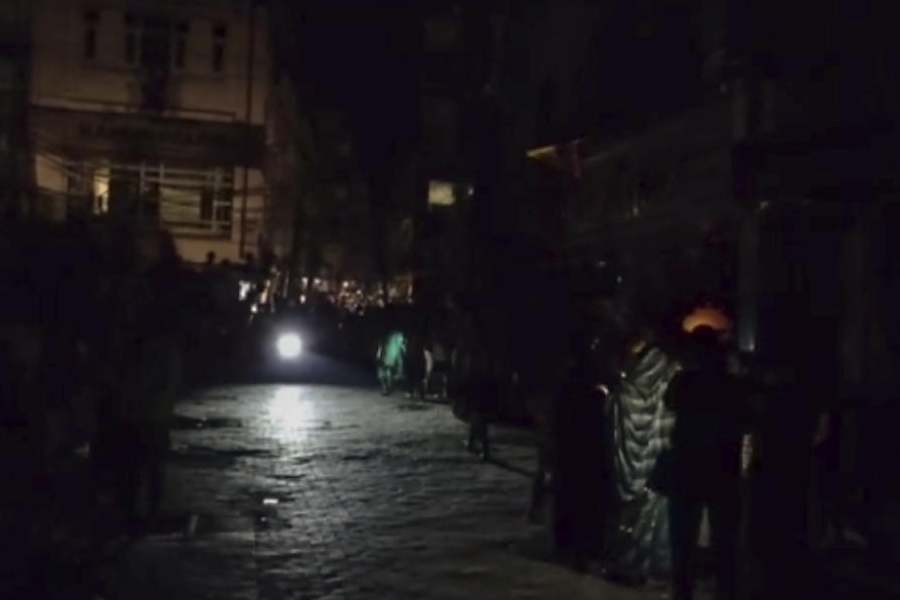
Guwahati, July 25: Shopping centres are certainly not the best places for house sparrows to nest in this city.
A study - "Nesting in a crowd: Response of house sparrow towards proximity to spatial cues in commercial zones of Guwahati city" by Anukul Nath, an ecology student of Assam University, Silchar - says development of modern buildings, especially shopping centres with glass facades, do not provide much space for nesting and pose a major threat to breeding by sparrows.
Nath works at Wildlife Institute of India.
The house sparrow is not only among the most commonly-found bird species in cities, but also the most loved. It is a small brown bird, not bigger than a tennis ball, with black streaks on its back.
The study has been published in the journal of Proceedings of the Zoological Society Calcutta.
Though the house sparrow ( Passer domesticus) is the world's most successfully introduced species and probably occupies more than two-thirds of the earth's surface, recent studies show that there is a dramatic decline of the species in many parts of the world. The species has been put in the "least concern" category of International Union for Conservation of Nature (IUCN).
House sparrows typically prefer holes or small crevices near roofs as nesting sites.
Active nests of house sparrows were recorded during the peak breeding season - February to April - in 2013 in Guwahati. A total of 106 nests were recorded, of which 36 per cent of nests were in colonies having more than two nests with a maximum of 20 nests in a single colony.
The study found that shutters were found to be the best place for nest construction.
A maximum of 31 per cent of nests were built in shutters followed by concrete walls associated with water pipes (20 per cent), advertisement hoardings (12 per cent) and electric cables (11 per cent).
The study was carried out in seven core areas of Guwahati - Panbazar, Paltan Bazar, Fancy Bazar, Ulubari, Ganeshguri, Beltola Six Mile and Lokhra.
Analysis also showed that the nearest vegetation patch and food shops are important factors behind the selection of nest directly or indirectly.
The nearest food shops from nests ranged from 0.5 to 60 metres and significantly more nests were built within a distance of 20 metres from the nearest food shops.
The study said a nationwide survey held in the UK indicated that house sparrows were avoiding new buildings (built after 1985) or those that had undergone extensive roof repairs in the last decade.
This may result in fewer nesting opportunities and there may also be a possibility of adverse respiratory effects from airborne fibreglass on breeding birds and chicks.
A loss of suitable nesting sites in modern buildings or after renovation and an insufficient nestling diet are discussed as the main causes for the decline of sparrows in urban areas, the study added.










